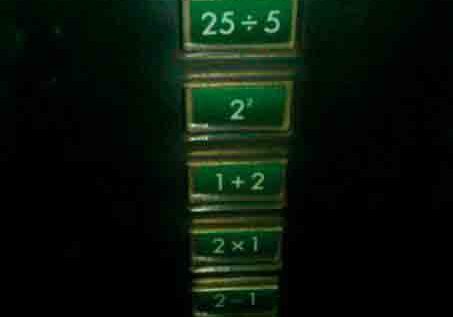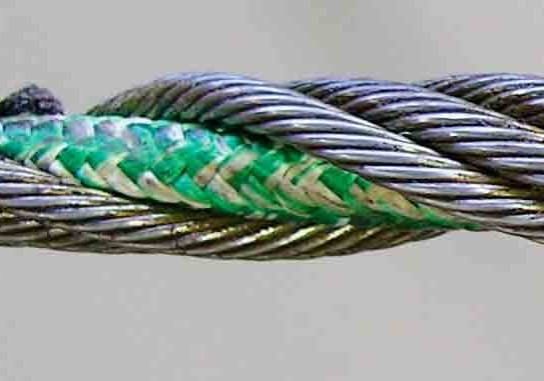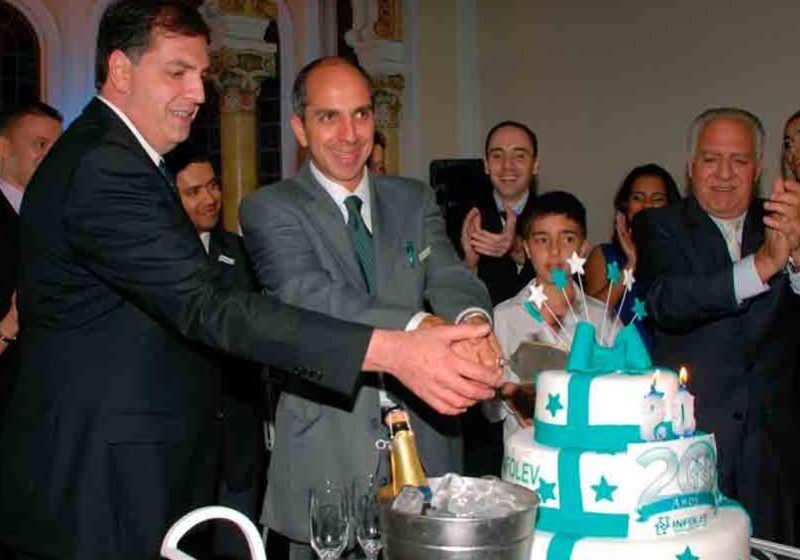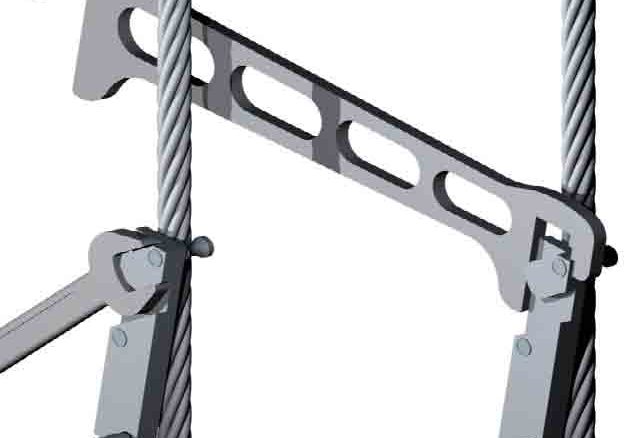45 Years of NEIEP
Jul 1, 2012
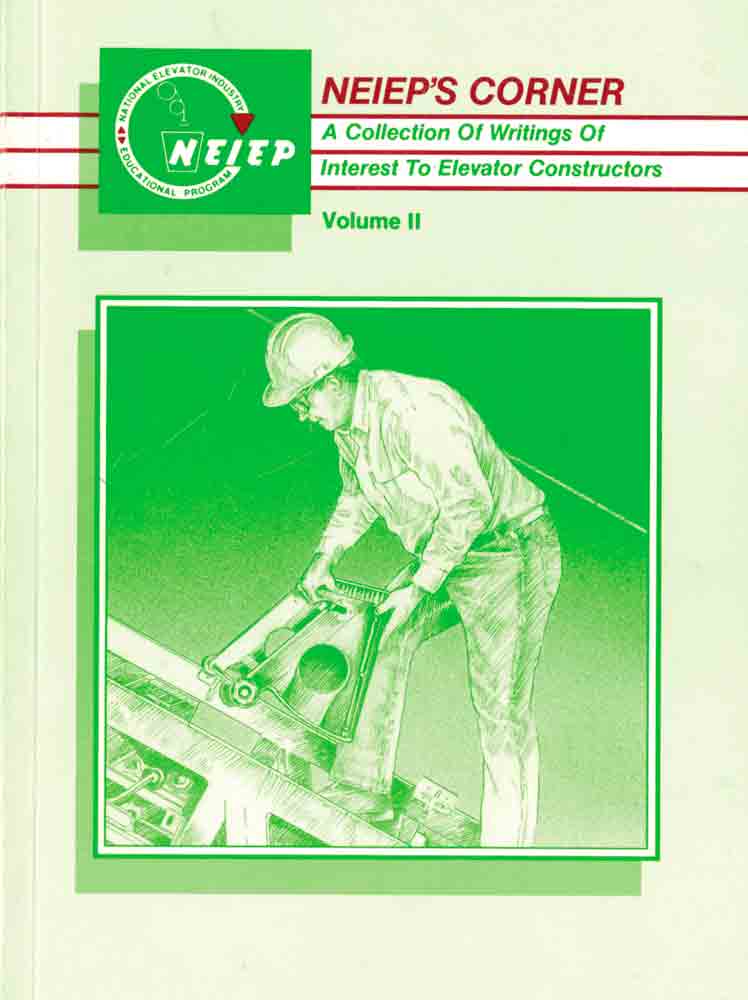
An overview of the National Elevator Industry Educational Program’s (NEIEP) history
On March 23, 1967, the National Elevator Manufacturing Industry, Inc. (NEMI), now the National Elevator Industry, Inc. (NEII) and the International Union of Elevator Constructors (IUEC) signed a new Standard Agreement. Article 19 of the agreement established an “Educational Fund”:
“. . . for the purpose of initiating and operating a program for the education and training of employees in the basic, intermediate and advanced techniques of installing, maintaining and servicing all types of passenger and freight elevators, dumbwaiters, and moving stairways and walkways, with the object of ensuring the elevator industry of a constant supply of competent elevator constructor mechanics and helpers.”
The program was designated the National Elevator Industry Educational Program (NEIEP). Article 19 also stipulated the new program was to be administered by a board of six trustees: three appointed by NEMI and three by IUEC. The inaugural board of trustees included John J. “Bud” O’Donnell, William J. Whitbourne and John I. Donnelly representing IUEC, and William J. Green, Harry J. Freidenreich and Donald G. Offerman, representing NEMI. The first trustees’ meeting – designed as a “get acquainted” session – occurred in New York City on December 17, 1967, and the first official working meeting took place the following month in Jacksonville, Florida, on January 23-24.
At the Jacksonville meeting, Offerman was elected chairman, and O’Donnell was elected co-chairman of the Board of Trustees. Under their leadership, the board approved a Declaration of Trust to:
“. . . initiate and operate a program for the education and training of employees in the basic, intermediate and advanced techniques of construction, maintaining and servicing [for] all types of passenger and freight elevators, dumbwaiters and moving stairways and walkways through the establishment of a standardized course of instruction covering all phases of the elevator trade.”
Following this meeting, three teams of two (each composed of one NEMI and one IUEC member) traveled throughout the spring of 1968 to 12 “major cities” to observe the operation of existing classes and ask questions about what was needed in the proposed educational program. These trips were followed by three trustees’ meetings (in May, June and July, respectively) during which the board decided to develop the new course material following a “Modular Concept of Instruction.” Each module was composed of a number of units that covered all aspects of the “construction, maintaining, repairing and safe work procedures relative to that phase of study.” Thus:
“. . . if one wanted to learn about pit structures, it [would] only [be] necessary to study the module covering pit structures, as it is complete without cross reference to other modules.”
Following the July meeting, the board negotiated a contract with International Educational Services (IES) to develop the first four modules: Introduction to Elevators, Drawing and Layout Work, Handling Materials, Rigging and Hoisting and Pit Structures. IES was engaged because of its history of producing quality educational materials for correspondence courses, and the company was charged with the “complete development of written text and layout work” under the supervision of the board. Editing occurred in September and December 1968 and January 1969, and by the time the trustees met in Washington, D.C., in March, the first four modules had been completed and published. At this meeting, O’Donnell was also selected as the first NEIEP director.
By mid 1969, two new modules were under development: Machine Room and Overhead Installations and Car and Counterweight Assemblies and Elevator Rope and Roping. However, during this period, NEIEP began to move away from their reliance on IES, shifting to an approach that relied more directly on industry professionals than outside technical writers. The development of the Guide Rails module followed this approach with industry members Carl Lindbald (retired Otis superintendent of construction – New York), Harold Marinelli (Westinghouse construction superintendent) and Vince Maxwell (an “Otis construction man from Rochester,” New York) working directly with professional writer Ned Hubbell.
By November 1971, four additional modules had been completed: Circuit Tracing, Construction Wiring, Doors & Operators and Hydraulics. During the 1970s, NEIEP continued to develop new learning modules, and by 1980, seven new modules that met the program’s education ambitions and reflected industry innovations were in place: Basic Electricity Probationary Course, Basic Electricity, Introduction to Electronics and Solid State, Escalators, Solid State, Elevator Rope Replacement and Rotating DC Generators and Motors. This process continued throughout the decade, with modules on Solid State Theory and Application and Solid State Motor Control available by 1987.
The 1980s also witnessed the production of additional NEIEP educational material. The first was a small paperback titled NEIEP Elevator Terms: An Illustrated Glossary (1980) that appears to have been designed to fit into an elevator constructor’s back pocket, as it measured 7.25 X 4 in. Whitbourne, assisted by the Rochester NEIEP staff, managed the production of the glossary, which included contributions from 53 industry members who had also participated in writing and illustrating the NEIEP modules. In the preface, O’Donnell also acknowledged the contributions of Mike Campbell, “formerly of Haughton Elevator and now retired.” The glossary’s stated purpose was “to give each elevator constructor an exact tool to think and communicate with.” The book concluded with 26 supplement pages that briefly touched on topics ranging from “Basic Ways People Get Hurt” to “Minimum Oil Buffer Strokes” to “Types of Elevator Safeties.”
In 1981, NEIEP embarked on its second new educational initiative that may be appropriately considered under the heading of “continuing education.” The August issue of Elevator Constructor featured a new column titled “NEIEP’s Corner,” which was the first of a monthly series of articles that addressed a wide variety of topics “of interest to elevator constructors.” The positive reception of these articles prompted the trustees to publish an anthology in 1986 titled NEIEP’s Corner: A Collection of Writings of Interest to Elevator Constructors. The book contained 51 articles grouped according to the following topics: “AC Theory,” “Brakes,” “Circuitry,” “Electrical Components,” “Electrical Safety,” “Fuses and Overloads,” “Generators,” “Governors and Safeties,” “Hydraulics,” “Motors,” “Pit Equipment,” “Switches and Relays,” “Transformers,” and “Wire Rope.” In 1991, NEIEP published its second volume NEIEP’s Corner, which featured 43 new articles that addressed a similar range of topics found in the first volume, as well as articles on electrical mathematics, elevator doors and operators, passenger cars and power supplies.
In the period between the publication of volumes one and two of NEIEP’s Corner, the trustees oversaw the publication of a new edition of the glossary. Appearing in 1987, the revised NEIEP Elevator Terms: An Illustrated Glossary was 25% larger than the original, included 400 additional terms and illustrations, and featured 26 supplement pages. The most recent edition of the glossary appeared in 2000 (Glossary of Elevator Terms). A comparative reading of the three editions reveals the broad range of terms and engineering concepts associated with elevator, escalator and moving-walk construction and maintenance. In a similar fashion, a comparative analysis of the original NEIEP educational modules and the current structure, which is composed of eight courses (Trade Skills, Hoistway Structures, Electrical Fundamentals, Electrical Theory & Application, Installation, Solid State, Power & Logic and Advanced Topics in Elevators), reveals the steady transformation of the program as it sought to meet changing industry needs. The presence and contents of the current 19-course continuing-education program also reflect this goal. Finally, a visit to the NEIEP website provides clear evidence the organization remains committed to employing the best available educational methods and tools to deliver its program and illustrates the culmination of a remarkable 45-year educational journey from 1967 to 2012.
Get more of Elevator World. Sign up for our free e-newsletter.



